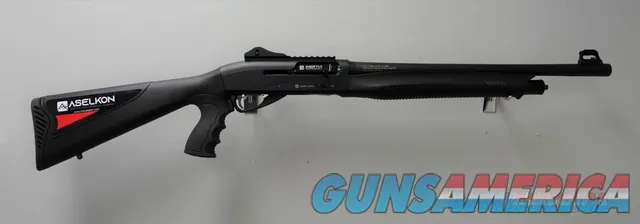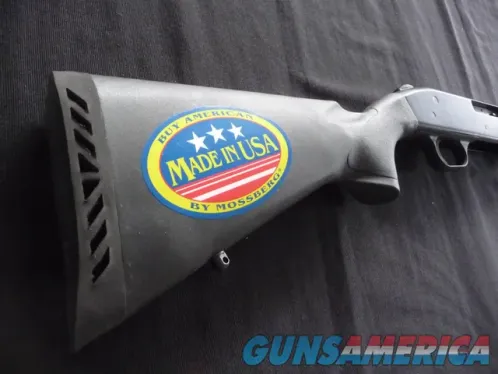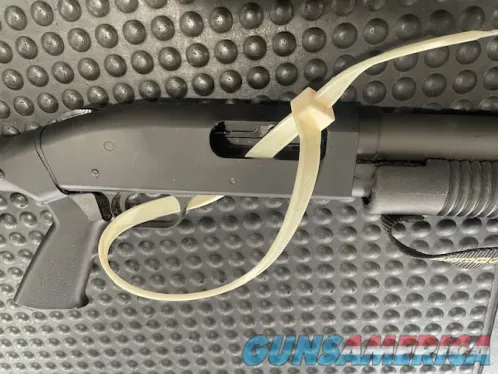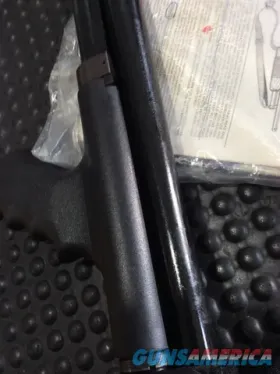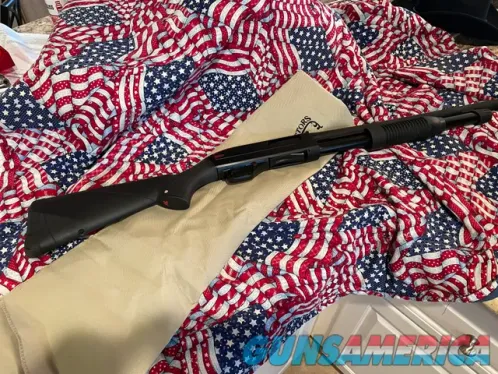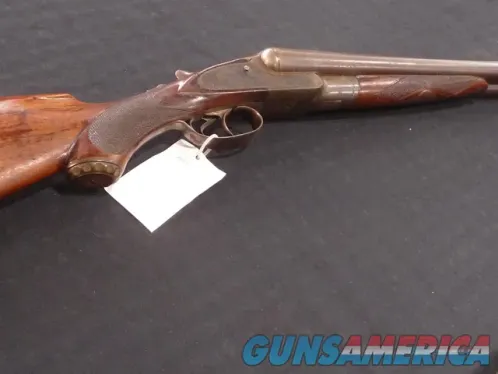When most people think of training dogs around live fire, it’s typically in the context of hunting. Maybe it’s ducks, perhaps it’s pheasants, but there’s no denying gun dogs are common in the bird hunting world. Even so, there are many good reasons to train your dogs to tolerate gunshots, even if you’re not a wingshooter. To simplify things, we’ve put together some basic tips and tricks for gun dog training—for all dogs.
Thank you for reading this post, don't forget to follow and signup for notifications!
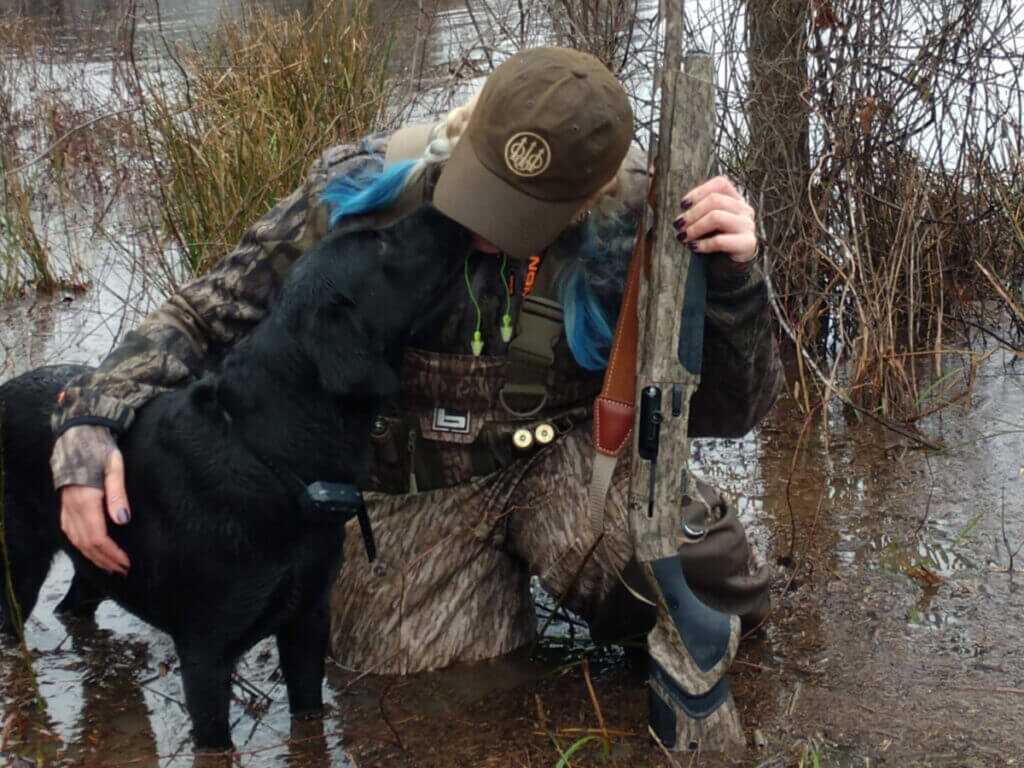
Table of contents
- Dogs Around Gunshots
- Gun Training Dogs
- How to Start Training
- Don’t Start With Live Fire
- Best Guns For Dog Training
- Shotguns, Rifles, and More
- Fireworks, Thunder, and Backfiring Cars
On the hunting side of things, it’s not only bird dogs that get exposed to the admittedly loud sounds of gunshots. Many of us take our dogs deer, hog, or coyote hunting, and that means acclimating them to the noise level. Maybe we’re talking about one loud shot rather than dozens, but it still matters. The last thing you want is your four-legged sidekick running for the hills—or the truck—when you pull the trigger. And you should never say never about taking your dog hunting, because you could change your mind down the road—and they’ll either be trained, or not.
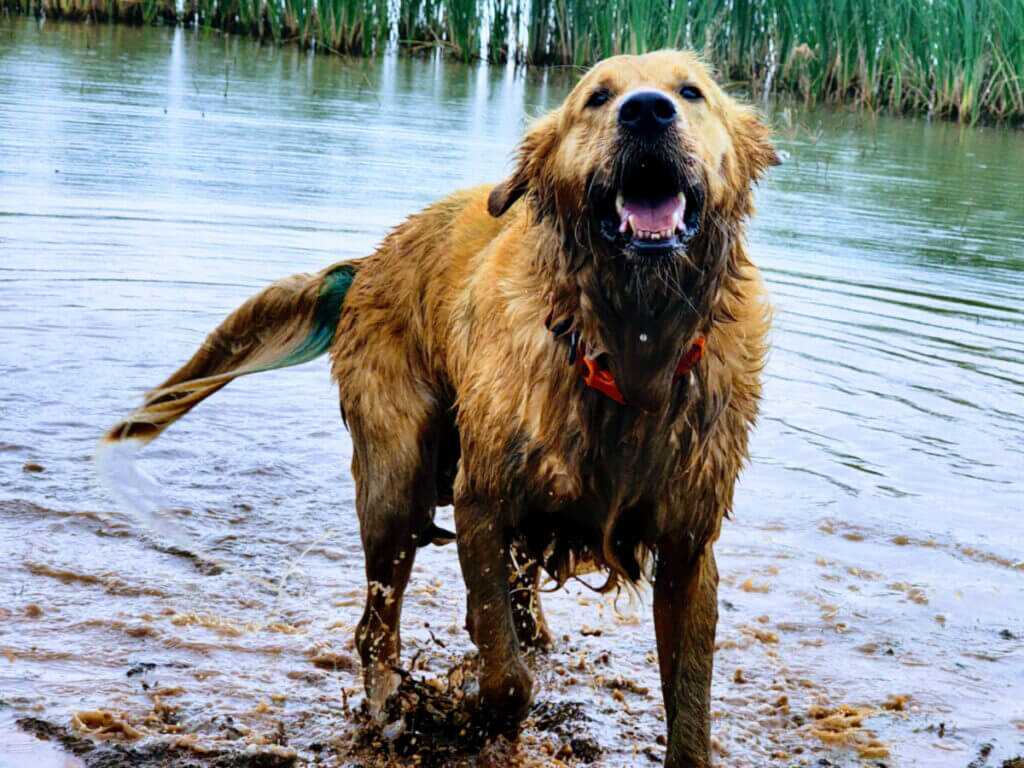
In addition to actual live fire, a lot of loud noises create a similarly startling decibel level. Backfiring cars, thunder, fireworks—there are a lot of big booms, and life is simpler if your dog can handle it. That said, it’s also true that some dogs that are fine with gunshots still can’t handle thunderstorms. Your mileage may vary.
Generally, it’s a good idea to wait until your dog has completed good foundational training before beginning gunshot training. It’s an awful idea to simply start shooting around them and hope for the best. The age at which your new puppy might be ready to start gun dog training could be three months, or it could be a year. Although earlier is generally better, if you start training before the dog has mastered the basics and is ready, you could easily create a gun-shy dog.
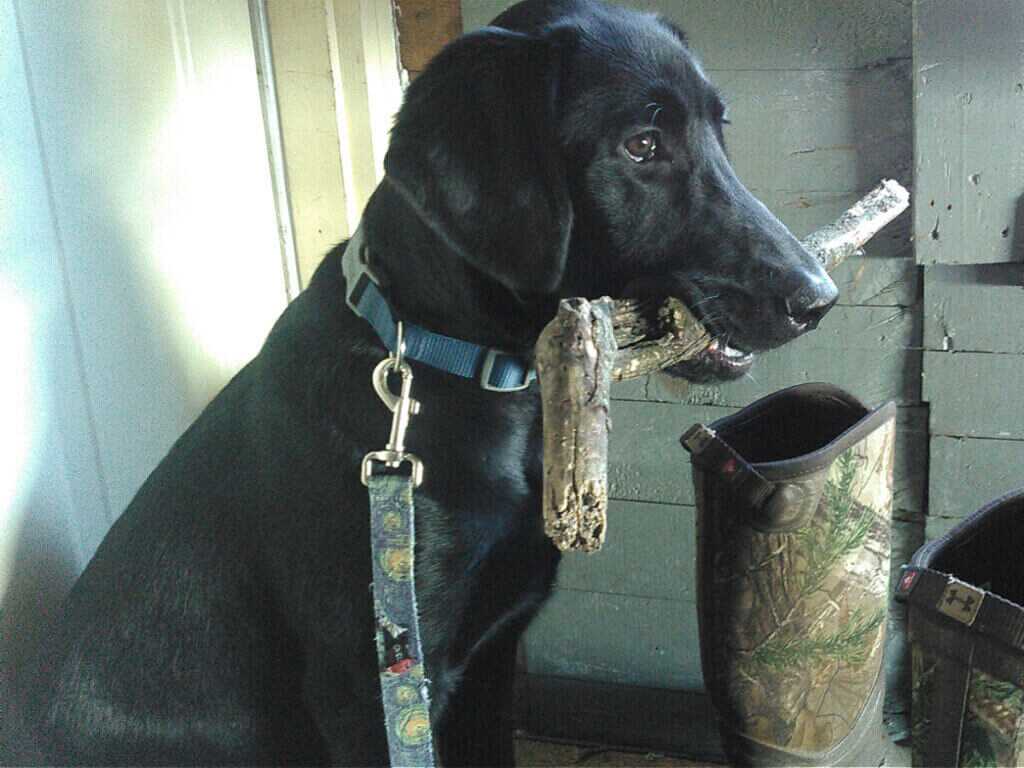
One thing you can start right away is getting your dog used to normal noise levels. I look at it like a human infant—don’t tiptoe around them or try to shield them from sound that’s simply part of life. If your dog is used to the radio, doors closing, and cars driving by, it’s a step in the right direction. This might sound silly, but acclimating a new puppy to normal sounds can help down the road. You will never regret starting small and taking things slowly. Side note: Some people go for a quiet crate at all times for new puppies, but that isn’t necessarily helpful.
Bottom line: Make sure the puppy/young dog is solid on foundational training and recall prior to starting gun dog training. Don’t wait too long, though. I have an older dog I didn’t get until he was almost hitting senior citizen status, and he was long gone and unable to handle loud noises. That doesn’t mean you can’t train a rescue or older dog, only that it’s extremely challenging (and often impossible).
Remember that gun dog training is reward-based and that the assumption here is you’ve already been working on retrieval and dead birds, if it’s a bird dog. If you’re training a bird dog, you’ll likely integrate retrieving birds—either dummies/bumpers, frozen carcasses, or wings (I keep wings from birds during hunting seasons and also keep wings off birds I breed and process myself). However, if you’re just interested in having a well-trained dog in general, you might find that incorporating training into something your dog loves, like fetch with a tennis ball, works well. A dog with a strong play drive is easier to train than those uninterested.
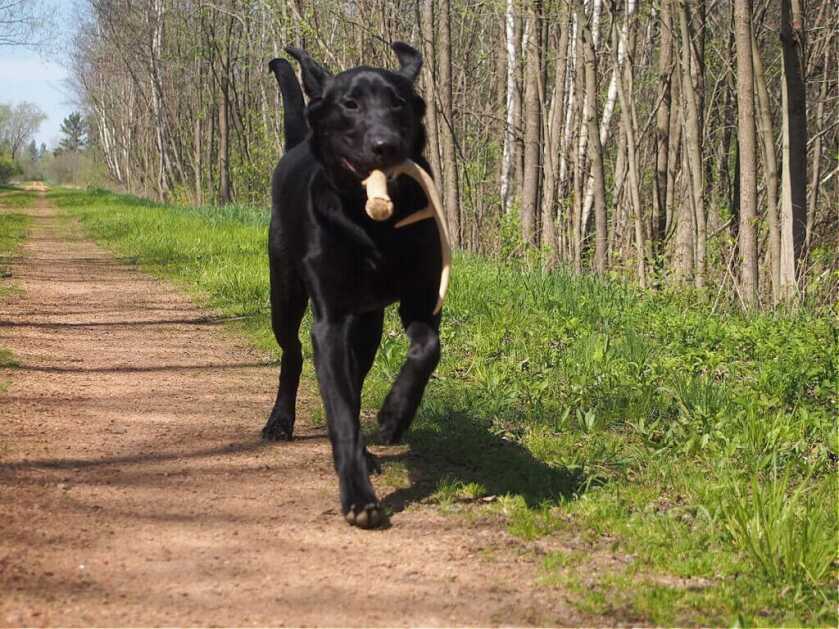
If you’re training a bird dog, you’ll want them to associate the sudden loud noise with their love of retrieving. But if you’re simply working on loud noises in general, it’s less about the game of fetch and more about making those sounds unimportant and worth ignoring.
It’s usually a bad plan to jump into gunshot training with live fire. At first, a sharp sound like a single hand clap—one loud clap, not repetitive applause—combined with the game of retrieving will suffice. You can throw the object and immediately clap loudly as the dog takes off after the bird or toy. Do this until the dog completely ignores the clapping. How long this stage takes depends on the dog.
When it’s time for gunshots, don’t just whip out a 12-gauge shotgun and rapid-fire downrange. It’s best to start with a starter pistol or a 22 LR pistol loaded with blanks. You can even get starter pistols specifically made for gun dog training. It’s helpful to have someone to assist you with this part, but it’s possible to do it alone.
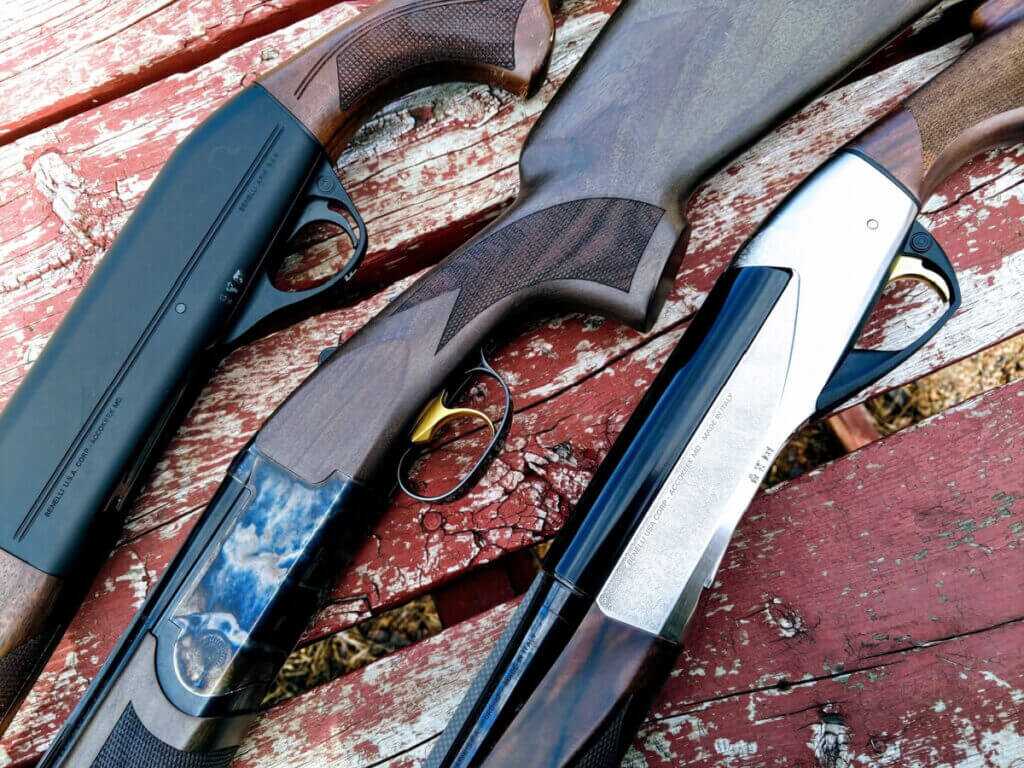
If you have help, ask the person firing the training pistol to stand some distance behind the dog rather than firing up close right off. You throw the toy, or engage in play with the bumper if this isn’t a bird dog, and the blank is fired. What you’re looking for is a dog that doesn’t care if the starter pistol/blanks were fired. If your dog reacts in fear—such as flinching—stop. Go back a step and try reintroducing the starter pistol later.
When you’ve moved your helper to stand with you—firing in a safe direction—and the dog ignores the noise, you can move to the next step. Your dog should be focused on the game, not worried about noises. If you’re doing this entirely alone, it just requires a little more finesse to ensure you don’t rush things. Once a dog is made gun-shy, it’s nearly impossible to correct, so moving slowly is a must.
A word on gun safety. Regardless of the type of pistol being used, always stick to the rules of gun safety. Never fire a starter pistol or blanks directly at the dog (I really shouldn’t have to say this). Ideally, you’ll have a safe down-range area for shots fired and can work the dog in the opposite direction.
Think your dog is ready to move on from starter pistols to live fire guns? Great, but it still isn’t time for your favorite 12-gauge. If you’re working with shotguns, move on to a .410 bore; if this is about guns in general, you can use 22 LR/17 HMR/21 Sharp, then shift to 38 special or 9mm. I will say this is one reason it’s useful to have a .410 shotgun around. While I’m not a big fan of the .410 for myself, it’s impossible to deny its usefulness for training dogs or introducing kids to shotguns.
Available on GunsAmerica Now
It’s smart to enlist help here, even if you had none with the starter pistol. Live fire is louder, and your success will be greater if these shots are taken from a greater distance to begin. Again, always shoot in a safe direction. You’ll be doing the same thing you did with the hand clap and starter pistol/blanks. Any signs of fear or flinch, and you immediately stop and go back a step, but at this point, your dog should be focused on the game. Start the live fire shots from 50 yards and gradually move closer.
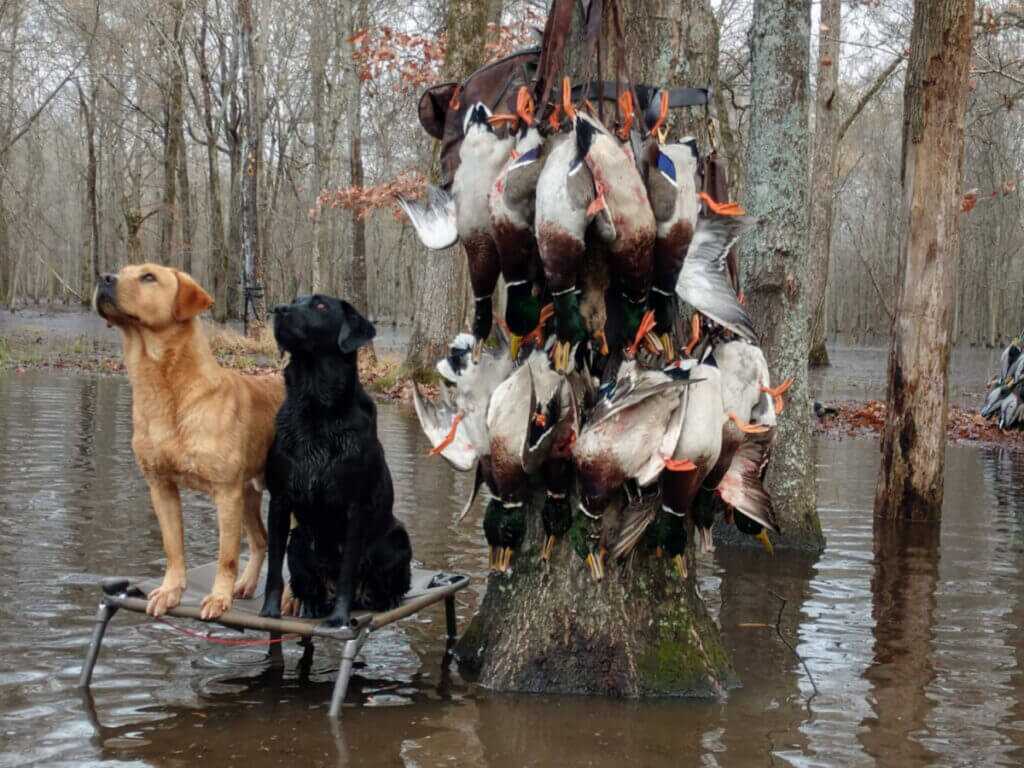
Success? Move on to larger calibers and gauges, but back it up again. It’s worth taking the time to do it right, because you don’t want to ruin a good dog by rushing.
READ MORE HERE: Ten Things To Do With Your New Hunting Puppy
This is all well and good, but now you’re wondering about the unpredictable and possible building-shaking noises. You can incorporate fireworks similar to the way you did gunfire, setting off appropriate fireworks—safely—from a distance (because this also includes a visual aspect, take care when selecting “training” fireworks, and be acutely aware of safety). If it’s impossible to use fireworks, whether for access or legal reasons, you can use a firework soundtrack. It’s not quite as effective, but it’s better than nothing. Play the soundtrack at lower volumes, gradually turning it up.
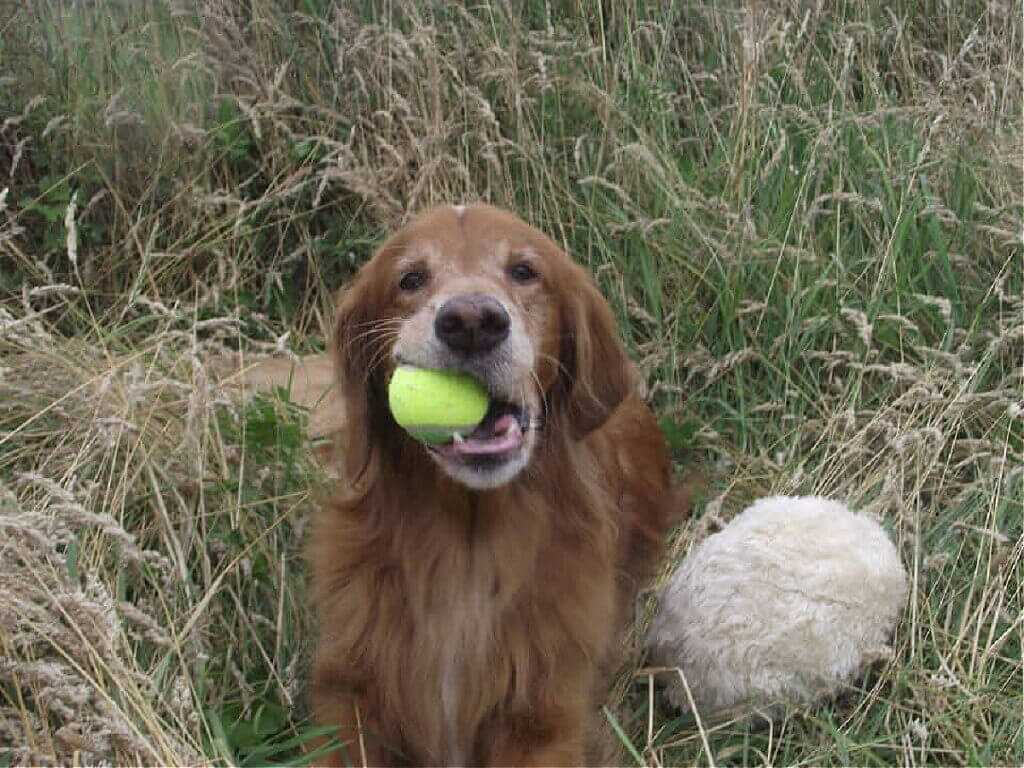
Thunderstorms are something else entirely due to their unpredictability and the way it can make the house vibrate. First of all, don’t make a big deal of it. Second, go with the same play you’ve already worked on. Keep them engaged and use positive reinforcement. Don’t get angry and yell if they’re scared. Ideally, you won’t be dealing with a severe thunderstorm before the dog’s been through some training, but that isn’t always the case.
You want the dog to be confident the entire time. This isn’t a process that can be rushed. Some trainers will tell you a gun-shy dog is made, not born, and that’s generally true. However, there are cases where a dog just doesn’t like loud noises. It happens. Encourage your dog by starting with minimal noises, such as a hand clap and moving slowly from there, even if it’s painfully slow for you. The result—a well-trained gun dog—is worth it.
Find starter pistols and dummies here.
*** Buy and Sell on GunsAmerica! ***



